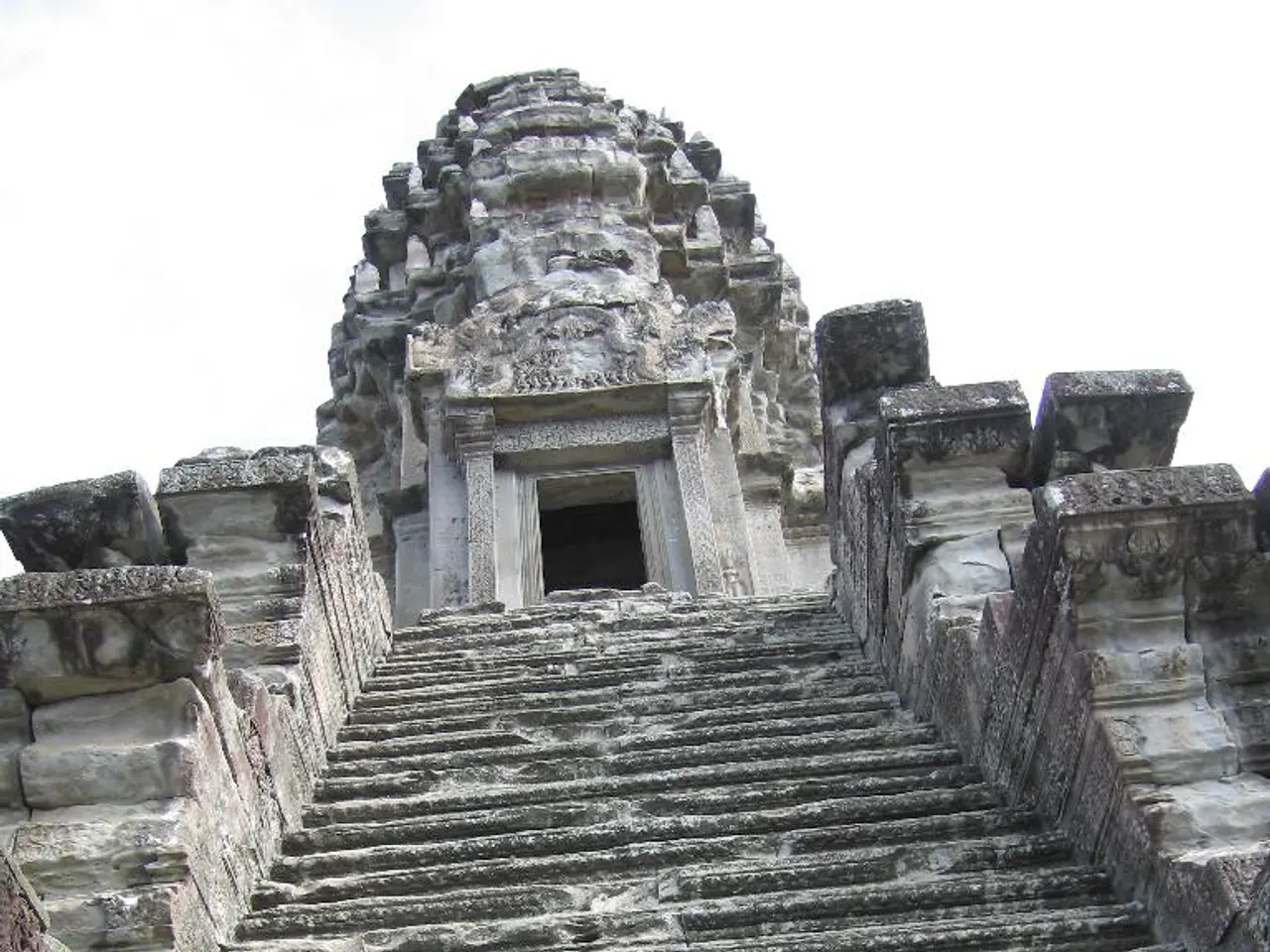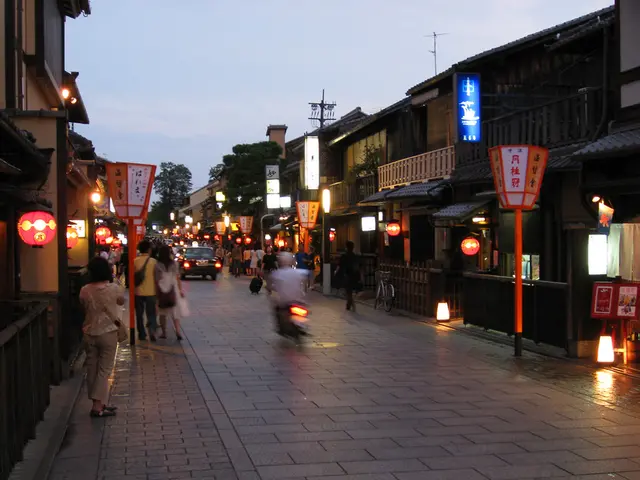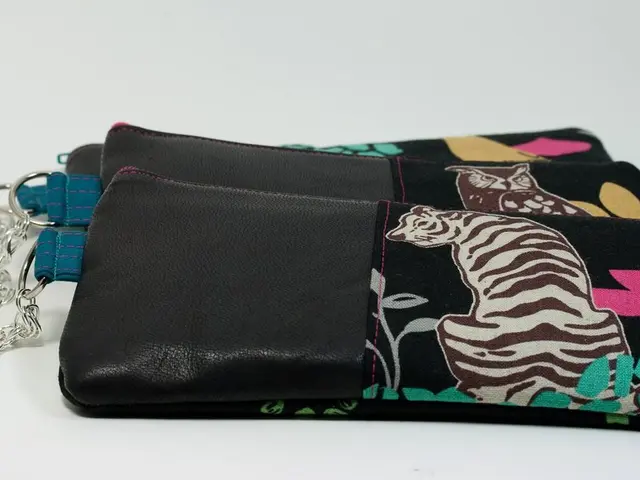Archaeologists Discover Colossal Urartian Fortress at 3,000 Meters Elevation in Turkey
In the heart of Van's Gürpınar district, a significant historical find has been unearthed - a 3,000-year-old Urartian fortress. Dating back to the Iron Age, this impressive structure offers a fascinating insight into the Urartian civilization's military and economic landscape.
The fortress, spanning roughly 4 kilometers and featuring about 50 rooms, is built from local basalt. Its location on the Tirişin Plateau, at an elevation of around 3,000 meters (10,000 feet) above sea level, provides critical vantage points for defense. This strategic position allowed the inhabitants to monitor the surrounding area for approaching threats, showcasing the sophisticated military strategies of the Urartians to leverage mountainous terrain for protection and surveillance.
The fortress's elevated location serves a dual purpose. Beyond its defensive role, it also functioned as a pastoral and residential zone, indicating that it was not solely a military post but also supported economic activities like agriculture or animal husbandry. Artifacts found at the site, such as ceramic fragments and millstones, suggest that the fortress was integral to the Urartian economy, potentially serving as a centre for resource management and local production.
This multifunctionality reflects the Urartians' ability to integrate economic and military needs within a single complex, contributing to their control and resource exploitation across the region. The fortress exemplifies the Urartian civilization’s strategic use of rugged geography to enhance military security and sustain economic activities, offering insight into their complex social, cultural, and economic systems during the Iron Age in eastern Anatolia.
The discovery of this fortress is a testament to the Urartians' strategic foresight and control over their territory. The ongoing research led by Professor Rafet Çavuşoğlu and his team continues to illuminate the Urartians’ capable adaptation to high-altitude environments and broad territorial control. Today, the area where the fortress is located is still used for small livestock farming, underscoring the timeless utility of the region's resources.
[1] Archaeology.org, "Urartu: Ancient Civilization of Eastern Anatolia," [Online], Available: https://www.archaeology.org/ancient-cultures/urartu.html [2] Britannica.com, "Urartu," [Online], Available: https://www.britannica.com/topic/Urartu [3] Hurriyetdailynews.com, "Urartu fortress discovery in eastern Turkey reveals Iron Age civilization's military and economic landscape," [Online], Available: https://www.hurriyetdailynews.com/urartu-fortress-discovery-in-eastern-turkey-reveals-iron-age-civilization-s-military-and-economic-landscape-161745 [4] Anadolu Agency, "Urartu fortress discovery in eastern Turkey reveals Iron Age civilization's military and economic landscape," [Online], Available: https://www.aa.com.tr/en/culture/urartu-fortress-discovery-in-eastern-turkey-reveals-iron-age-civilization-s-military-and-economic-landscape/2165024
- The discovery of the Urartian fortress in Van's Gürpınar district serves as a valuable resource for understanding not just the military strategies of the Urartian civilization, but also their innovative blend of lifestyle, science, and technology, effectively demonstrating their ability to thrive and adapt to varied environments in the realm of education-and-self-development.
- The multifunctional usage of the Urartian fortress as both a military base and an economic center uncovers an intriguing facet of the civilization's lifestyle and technology, offering insights into how they integrated and manipulated their environment for self-sustainability and continued development, thus making significant contributions to the field of history and lifestyle studies.




